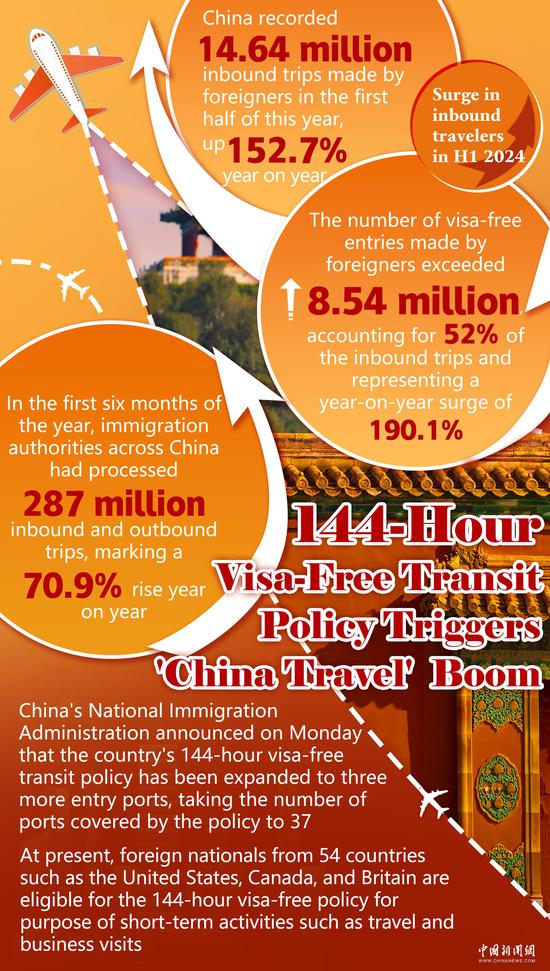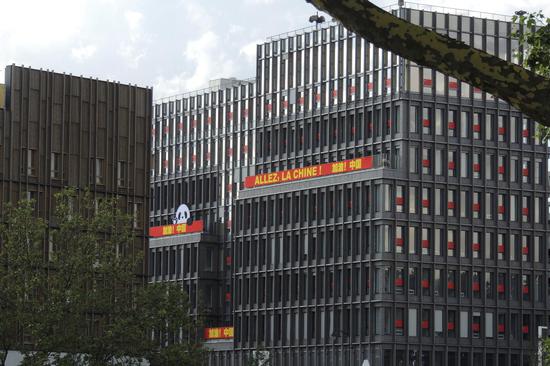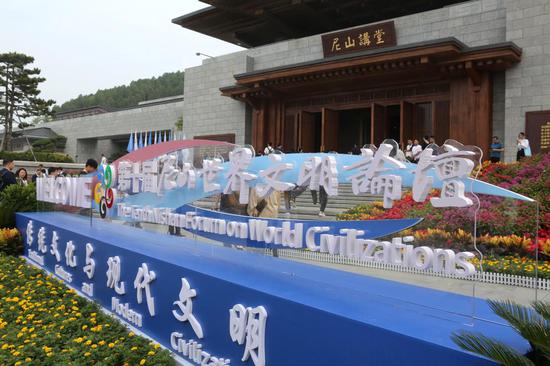(ECNS) -- Rwanda, one of the 45 least developed countries designated by the United Nations, has been a participant with "full attendance" in the China International Import Expo (CIIE) for six years. Rwanda has brought coffee, tea, chili peppers and honey to the expo, with the chili peppers sold to China boosting the income of Rwandan farmers fivefold.
There are many supporters of the CIIE worldwide like Rwanda. According to the CIIE Bureau, promotion events for the 7th CIIE, scheduled to be held in Shanghai on November 5 to 10, 2024, have been held in 30 countries and regions. The number of companies that have signed up on platforms for businesses exceeds 1,000, including nearly 260 Fortune 500 giants and industry leaders.
The 6th CIIE had a cumulative intended turnover of 78.41 billion U.S. dollars, according to CIIE Bureau. Such a successful international expo relies on China’s solid growth in foreign trade. As of 2023, China has been the world's largest country in global trade for seven consecutive years, with an average of 114.4 billion yuan (about 15.73 billion U.S. dollars) of goods moving between China and the rest of the world every day.
China's vast consumer market also contributes to the development of the expo. Over 1.4 billion people and 400 million middle-income consumers comprise the world's second-largest consumer market and the largest online retail market, showing its strong vitality and huge potential.
China has been the world's second-largest import market for 15 consecutive years and a major trading partner for more than 140 countries and regions. Gathering fine, high-tech products from the supply chain of the upstream and downstream, CIIE has served as an international platform where global industries mutually learn about their creative ideas and rules.
With China advancing high-standard opening-up, the 7th CIIE will continue to inject impetus to the world economy.
The latest edition of Global Trade Outlook and Statistics forecasts that world merchandise trade volume is expected to grow 2.6 percent in 2024 and 3.3 percent in 2025 as demand for traded goods rebounds.


















































 京公网安备 11010202009201号
京公网安备 11010202009201号